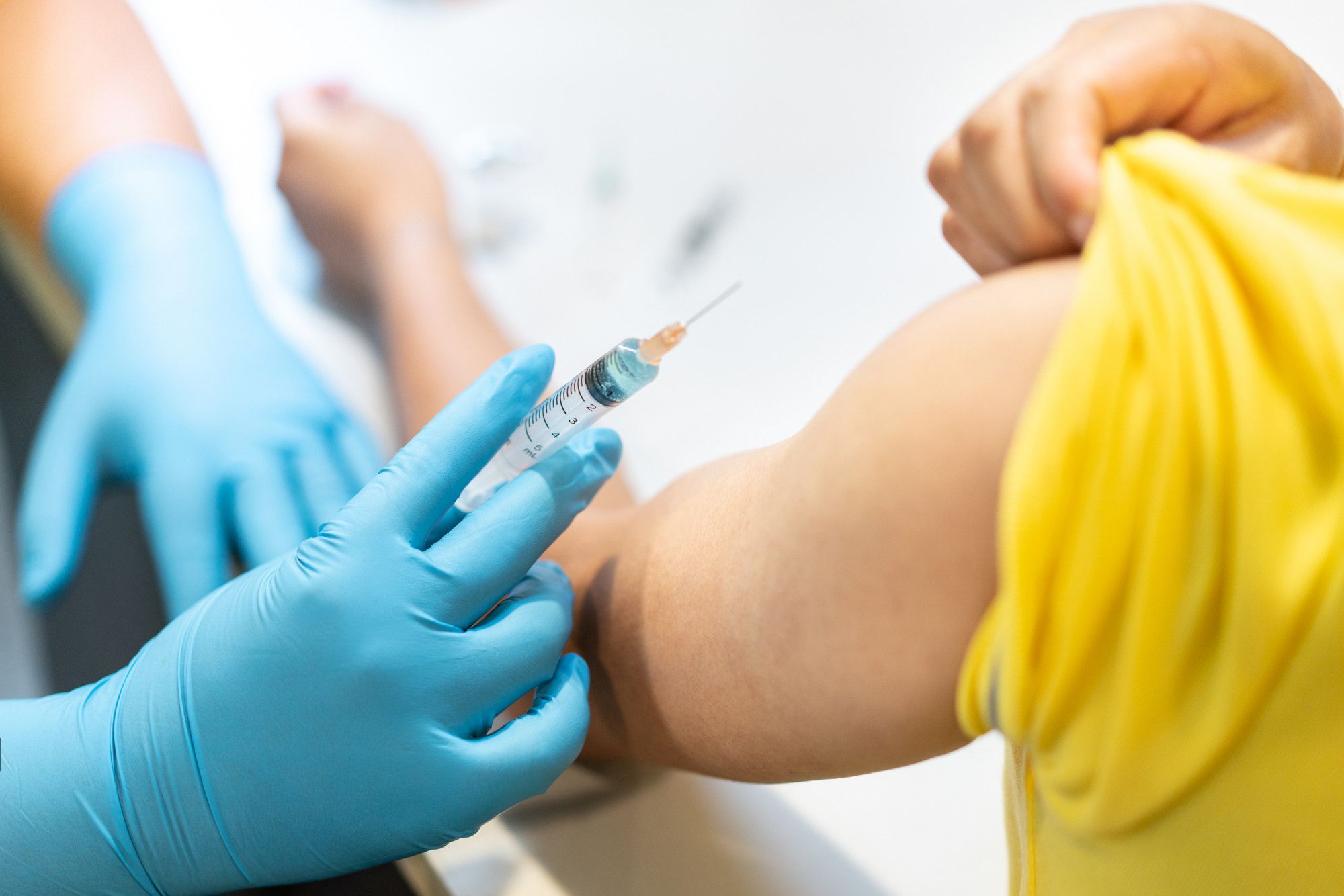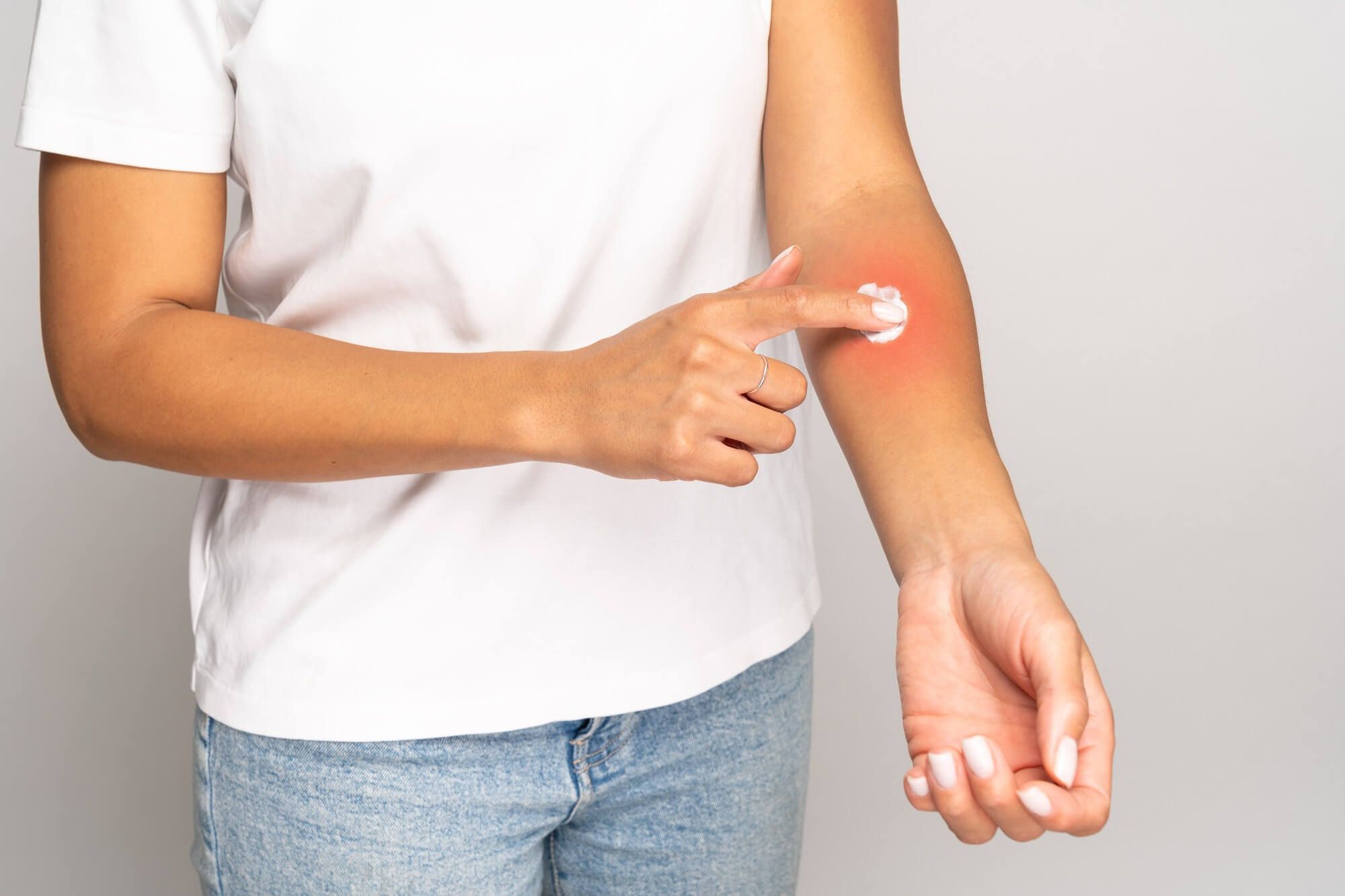Latex Allergy: Causes and Prevention
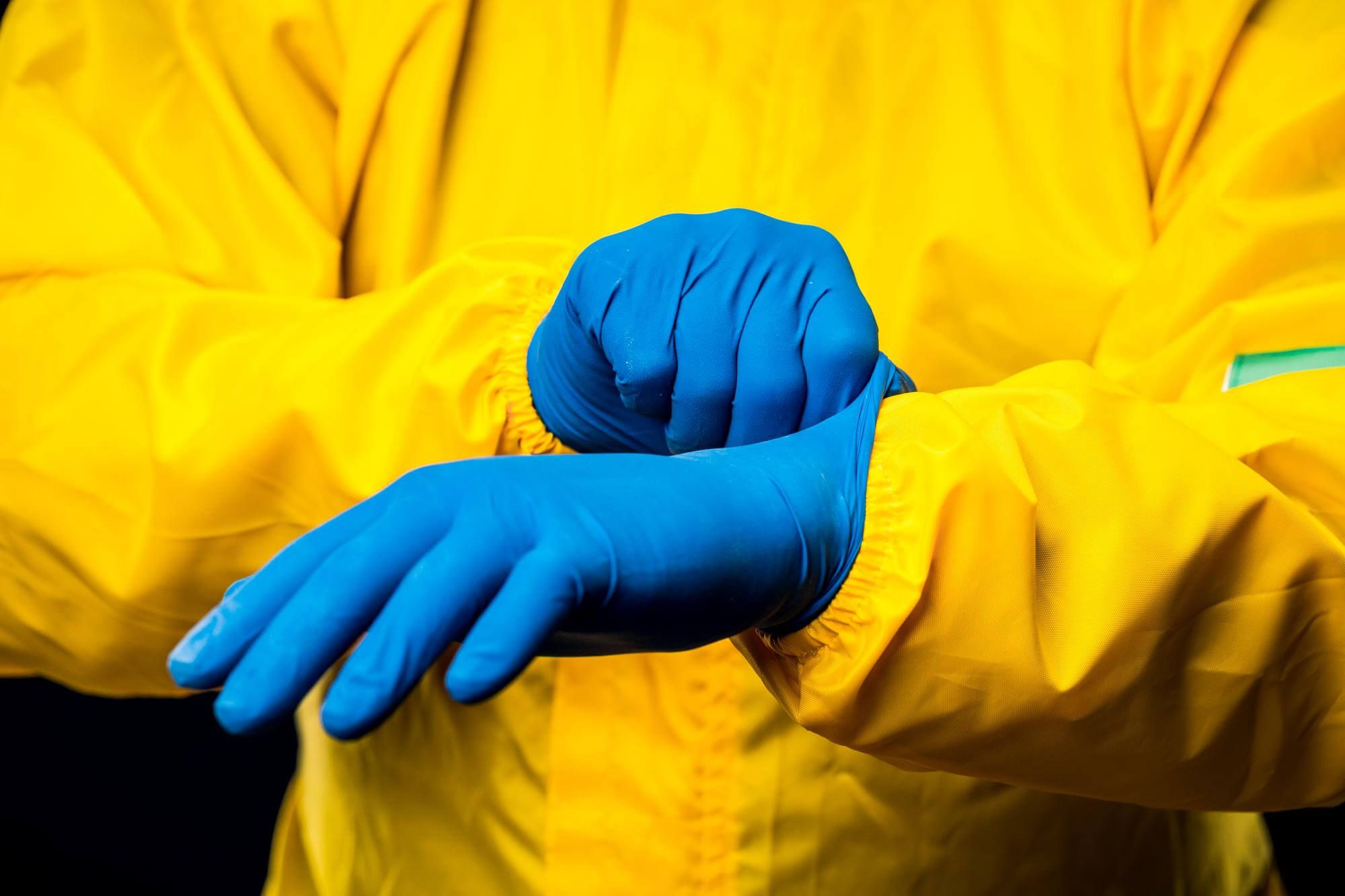

Viktor Levchenko
- What is latex allergy and how does it manifest
- Main causes of latex allergy
- What is latex and what products and materials contain latex
- How is latex allergy diagnosed and what tests need to be taken
- How to treat latex allergy: what methods exist
- How to Prevent Latex Allergy
- Latex Allergy in Children: Diagnosis and Treatment Features
- Latex Allergy and Sexual Contact: What You Need to Know
What is latex allergy and how does it manifest
Latex allergy is a reaction of the immune system to proteins found in rubber used to make rubber products such as gloves, condoms, balloons, and other items. It can manifest in various forms, from mild skin rash to severe allergic reactions that can lead to anaphylaxis and death.
How latex allergy manifests
Symptoms of latex allergy can manifest on the skin, respiratory tract, and circulatory system. Often, the first symptoms appear on the skin, where there is itching, redness, swelling, and a rash. Some people may experience contact dermatitis, which develops after contact with latex.
Main causes of latex allergy
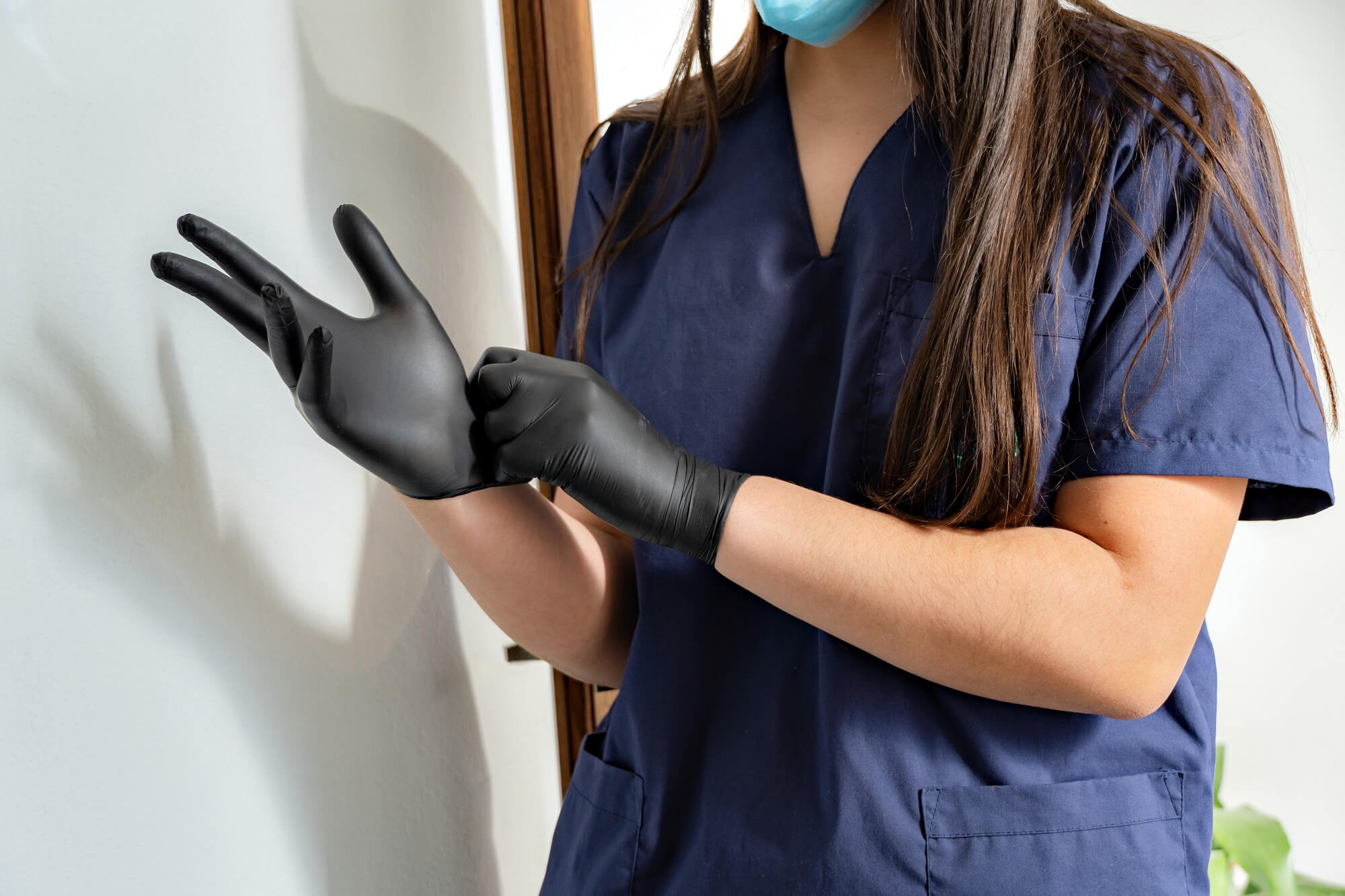
The main cause of latex allergy is contact with latex. However, some people are more prone to developing allergies, including healthcare workers who use rubber gloves in their work, as well as people who spend a lot of time in contact with latex in their daily lives.
Cross Allergy
Some people have a cross allergy, which occurs due to the similarity of proteins in latex and some foods, such as bananas, avocados, kiwis, papayas, and other fruits. When in contact with these products, people with latex allergy may experience allergic reactions.
What is latex and what products and materials contain latex

Latex is a material obtained from the sap of rubber trees. It is widely used to make rubber products, such as gloves, condoms, catheters, balloons, elastic bandages, and other items. In addition, latex is found in some medical devices, such as syringes and infusion systems. It can also be found in household and personal care items, such as rubber soles, feeding bottles, pacifiers, bath tubs, and others.
Latex Alternatives
For people with latex allergies, there are alternatives to latex, such as nitrile, vinyl, and other disposable gloves. There are also products made from safer materials, such as polyurethane, which can be used instead of latex products.
How is latex allergy diagnosed and what tests need to be taken
To diagnose latex allergy, a doctor may prescribe a skin test or a blood test to check the level of antibodies in the blood. If the test results are positive, the doctor may recommend additional tests, such as cross-allergy tests.
How to tell if a child has a latex allergy
In children, latex allergy can manifest with symptoms similar to other allergic reactions. They may have a skin rash, itching, and redness after contact with latex. If your child has signs of latex allergy, it is necessary to seek medical attention immediately.
How to treat latex allergy: what methods exist
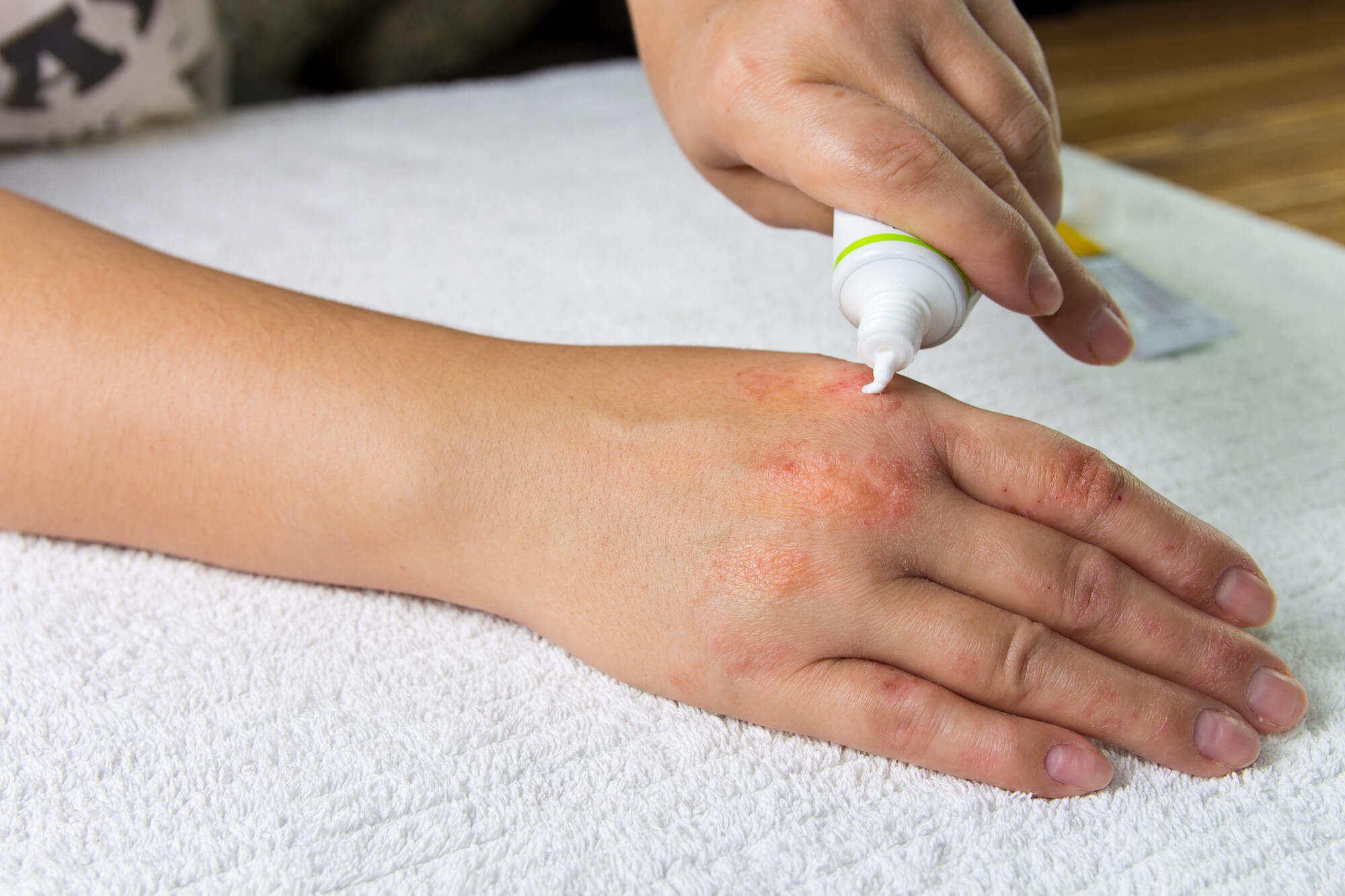
Treating latex allergy involves avoiding contact with latex and using alternative materials. In the case of serious allergy symptoms, the doctor may prescribe medications such as antihistamines (Loratadine, Cetirizine, Fexofenadine, Dimetindene, Levocetirizine, Desloratadine) or sodium cromoglycate to reduce allergy symptoms. In the case of anaphylaxis, immediate medical attention is required.
Latex Allergy in Healthcare Workers: How to Prevent It
Healthcare workers who use rubber gloves in their work are more at risk of developing latex allergy. To prevent its development, it is necessary to use alternative materials for gloves, such as nitrile or vinyl. It is also necessary to avoid contact with latex in other medical devices.
How to Prevent Latex Allergy
To prevent latex allergy, it is necessary to avoid contact with latex in everyday life and at work. The use of alternative materials for rubber products, such as nitrile or vinyl gloves, can help reduce the risk of developing latex allergy.
How to Choose Latex-Free Products Properly
When choosing latex-free products, it is necessary to pay attention to the labels and make sure that the product does not contain latex. It is also possible to use alternative materials, such as nitrile, vinyl, or polyurethane products.
Latex Allergy in Children: Diagnosis and Treatment Features

Diagnosis of latex allergy in children can be done through skin tests and blood tests. The doctor may also perform cross-allergy tests.
Treating latex allergy in children involves avoiding contact with latex and using alternative materials. In the case of serious allergy symptoms, the doctor may prescribe medications such as antihistamines or sodium cromoglycate to reduce allergy symptoms.
Latex Allergy and Sexual Contact: What You Need to Know
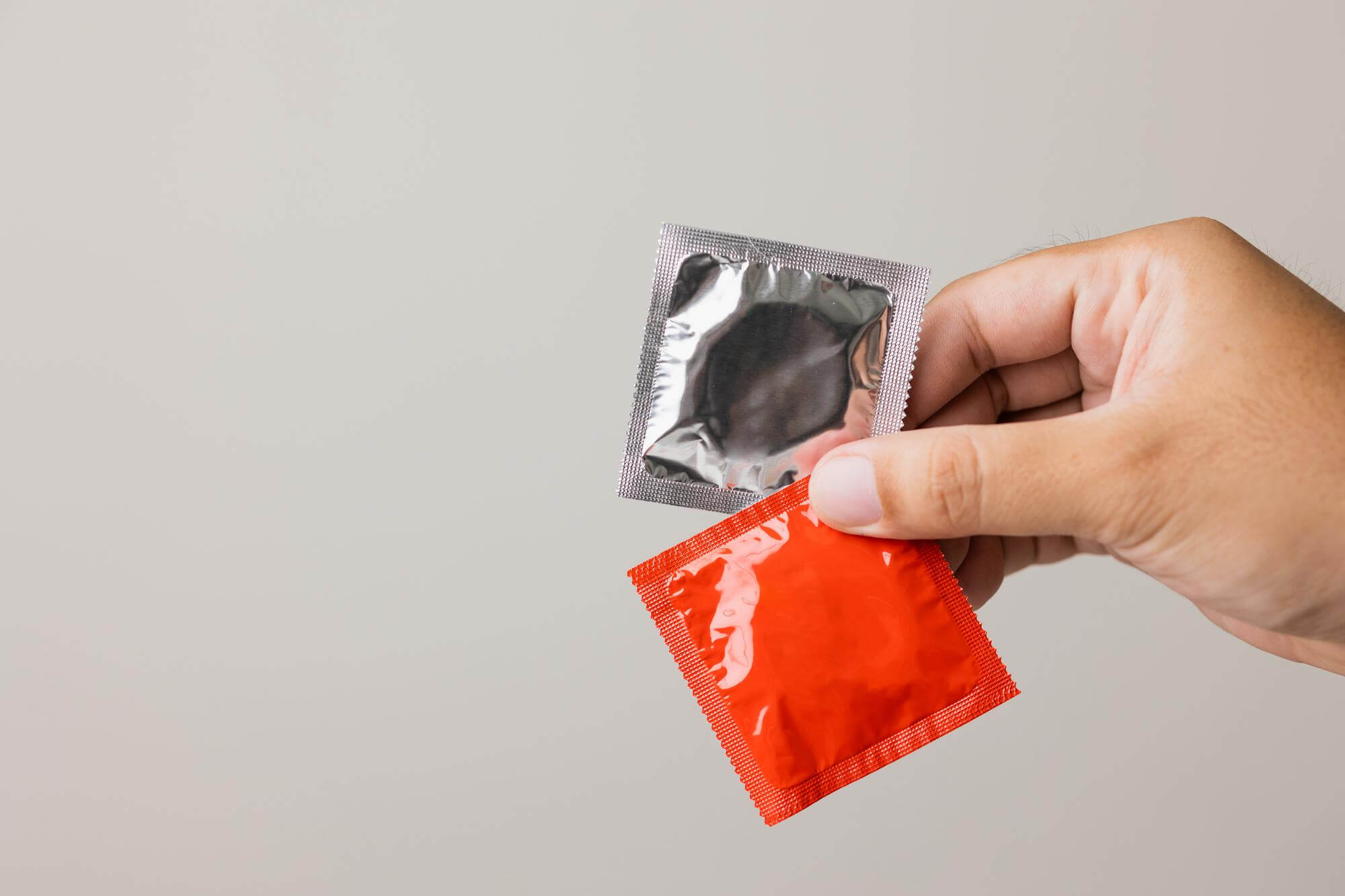
Latex can be used in condoms and other sexual products, which can lead to an allergic reaction in some people. Symptoms of latex allergy during sexual contact may include irritation, itching, and redness of the skin. To prevent latex allergy during sexual contact, it is recommended to use alternative materials such as polyurethane condoms.
When to seek medical help for latex allergy
If you or your child have symptoms of latex allergy such as skin rash, itching, redness, or difficulty breathing, it is important to seek medical help. In case of anaphylaxis, call emergency services immediately.
What to do in case of accidental latex exposure
If you accidentally come into contact with latex and experience symptoms of allergy, wash the skin with water and seek medical help. In case of a serious allergic reaction, call emergency services immediately.
How to prevent anaphylaxis in case of latex allergy
To prevent anaphylaxis in case of latex allergy, it is important to avoid contact with latex and use alternative materials. It is also important to always carry an auto-injector of epinephrine in case of a serious allergic reaction.
Latex allergy is a common condition that can lead to serious consequences, including anaphylaxis. It can develop in people who use rubber products in their work or daily life. To prevent the development of latex allergy, it is necessary to avoid contact with latex and use alternative materials. If allergy symptoms occur, it is important to seek medical attention for diagnosis and treatment. We hope that this article will help you understand what latex allergy is and how to deal with it.
New materials
Popular Articles
We recommend reading
Contact us in the Contact Us section to ask questions, offer ideas, or for more information about our allergy resource.
Our articles are your trusted source of allergy knowledge. Learn how to make life with allergic reactions easier on our specialized portal.
©
Lechenie-Allergii.com. All rights reserved.
© Lechenie-Allergii.com. All rights reserved.
The information on this site is for informational purposes only and is not a substitute for professional medical advice. We recommend consulting with qualified medical professionals for accurate information and advice.
 English
English  Українська
Українська  Русский
Русский 
